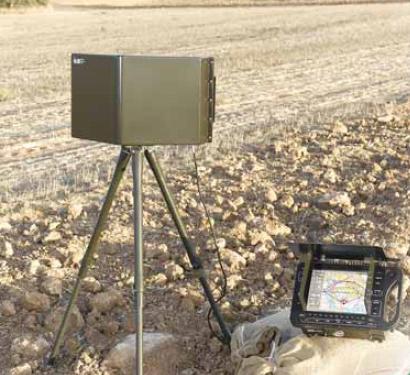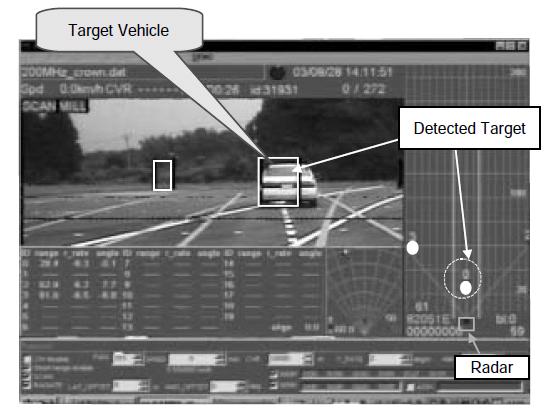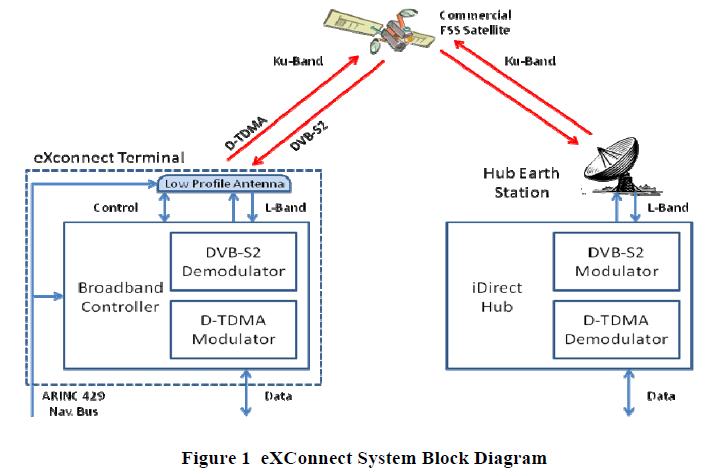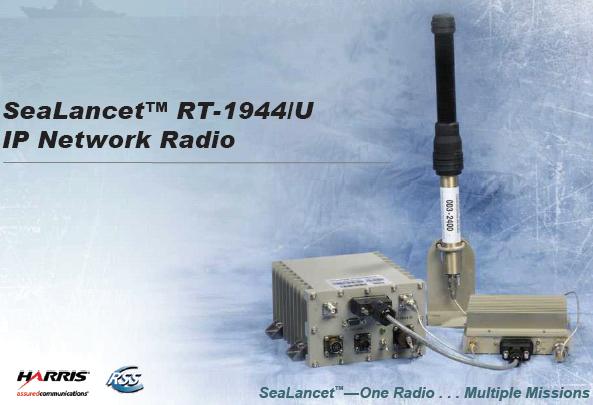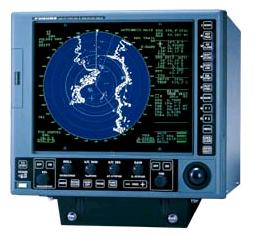This summarizes a selection of applications for the Experimental Radio Service received by the FCC during August 2010. These are related to radar, military communications, mesh networking, unmanned aerial vehicles, satellite services, biomedical telemetry, aircraft telemetry, safe-driving systems, geophysical sensors, electronic warfare, smart grid, and antenna testing.
- INOVA Geophysical Equipment Limited filed an application (with supporting exhibits) to test a proprietary mobile radio system in the 30-36 MHz and 150-174 MHz bands. The radio links would be used to control remote geophysical seismic recording equipment, which INOVA manufactures. At the end of testing, INOVA plans to put the radio equipment into production and lease it to customers.
- Fortress Technologies filed an application for experimental license to test several of its secure mesh-networking products developed for military applications. Several exhibits are included but they are not publicly available due to a confidentiality request. Operation is to be on 4.9425-4.9875 GHz.
- The Port Authority of New York and New Jersey filed an application for special temporary authority to operate on 5250-5500 MHz while testing to find the best location for an Elta 2127 ground surveillance and movement detection radar at JFK Airport. Three similar applications were filed for testing at La Guardia, Newark, and Teterboro Airports.
- General Dynamics Armament and Technical Products filed an application (with supporting exhibit) for special temporary authority to operate on 1760-1850 MHz and 2200-2300 MHz to conduct testing based on Department of Defense requirements for fully-digital data links for small unmanned aircraft systems to allow for higher concentrations of unmanned aerial vehicles (UAVs) operating in the same battle space. A new data link is to be tested. The new data link is compatible with ground based Remote Video Terminals (ROVERs) allowing for real-time reception of video imagery by ground troops.
- Fujitsu Ten Limited filed an application (with supporting exhibits) for experimental license to operate on 76-77 GHz. The exhibits are not available for viewing, presumably because of a confidentiality request. From other information, this appears to be a test of radar for safe-driving assistance systems. This application was granted on August 27.
- Sikorsky Aircraft filed an application (with supporting exhibits) for experimental license to operate on 30-400 MHz. This is to test Rockwell-Collins AN/ARC-210 radios on military helicopters being sold to the United Arab Emirates (UAE). According to the applicant, the “Rockwell-Collins AN/ARC-210 radios will have several unique frequency hopping waveforms which are proprietary to Rockwell-Collins. These waveforms are called TALON and Quicklook waveforms, respectively. The AN/ARC-210 TALON/Quicklook radios will be used aboard the [helicopters] to communicate with UAE ground forces. The Quicklook frequency hopping waveform is used in the 30-90 MHz band. The TALON frequency hopping waveform is used in the 90 to 400 MHz bands.”
- Abbott Diabetes Care filed two applications to test equipment at 433 MHz. The company has requested confidential processing of its application, and few other details are publicly available from the FCC. This may be related to Abbott’s wireless glucose monitoring products. The company announced in April 2010 that it had supply problems with a wireless product.
- WCA Holdings III, LLC filed an application (with associated exhibits) for special temporary authority to operate on 14.00-14.47 GHz for on-ground and flight testing of a single aircraft earth station antenna. This is to assist with Federal Aviation Administration Supplemental Type Certification testing, as well as further testing and demonstration of the functionality of the antenna with the eXConnect Ku-band Aeronautical Mobile-Satellite Service (AMSS) system. WCA has partnered with Panasonic Avionics Corporation, proponent of the eXConnect System.
The eXConnect System is Panasonic’s. It is designed for in-flight passenger internet access and other communication services. It can be looked at as a replacement for the now-defunct Boeing Connexion system. Lufthansa, for one, plans to use eXConnect on the majority of its 70 aircraft already fitted with Connexion hardware.
This application was received on August 6. On September 1, the application record was updated to note that WCA’s operating partner, Panasonic Avionics Corporation, is in the process of developing a detailed coordination agreement with NASA to protect existing and future Tracking and Data Relay Satellite System (TDRSS) operations from potential interference from Ku-band AES operations. The application was granted on September 7.
- Pro Xplor Services filed an application but few details are available due to a request for confidential processing, which FCC staff has asked the company to justify. It also requested a nationwide license, and FCC staff has suggested that a smaller operating area would suffice.
On July 7 of this year, the FCC denied the company’s request for waiver of the technical rules in Section 90.259 of the Commission’s Rules in order to permit certain proposed secondary telemetry operations. At the time, it had sought authorization to operate in parts of Arkansas, Louisiana, and Texas on 217/219 MHz frequencies with up to fifteen watts output power on 600-kilohertz and 800-kilohertz channels.
- INSITU filed an application (with supporting exhibit) for special temporary authority to test the SeaLancet IP network radio in a flight test on 2367 MHz.
- Boeing filed an application (with supporting exhibits) for special temporary authority to test an Electronic Support Measures (ESM) system installed on a modified Boeing 767. Operation is to be on 800 MHz, 5.4 GHz, and 9.4 GHz. “The test involves personnel walking around the aircraft with a signal generator and horn antenna directed at the aircraft to stimulate ESM sensors mounted on the aircraft skin.” This application was granted on August 27.
- Sensus Spectrum filed an application (with supporting exhibits) for special temporary authority to test Smart Grid devices on 410-430 MHz. Sensus manufacturers similar products on 900 MHz for the US market. The requested frequencies are for testing of devices intended for Europe and the Middle East.
- Lockheed Martin filed an application (with supporting exhibits) for experimental license to operate on 9.595-9.750 GHz and 10.15-10.43 GHz to operate a ground station used to exchange data with an airborne system. The equipment is said to be an improved version of a system previously delivered to a customer under the US Government Foreign Military Sales for the Peace Krypton program. According to the Federation of American Scientists, the “mission of the Peace Krypton system program (known internally to Lockheed Martin Corporation as the Eagle program) is to collect reconnaissance imagery of selected areas during long range missions using an airborne Synthetic Aperture Radar (SAR) imagery intelligence collection system.”
- Bowling Green State University filed an application (with supporting exhibits) for experimental license to use a Furuno FR-1525Mk3 marine radar to track bird and bat activity in areas of existing and planned wind turbine development as well as comparative control sites. Operation will be on 9.3-9.5 GHz.
- SET Corporation, founded by former DARPA scientists and now a subsidiary of SAIC, filed an application (with supporting exhibits) for experimental license to operate in and around Denver, Colorado on 35.75 GHz. Details of the proposed test are confidential.
- Raytheon Missile Systems filed an application (with supporting exhibit) for experimental license to test advanced antennas operating in the 80-200 MHz range. The testing will be used to determine three-dimensional far-field radiation patterns of the antennas.


